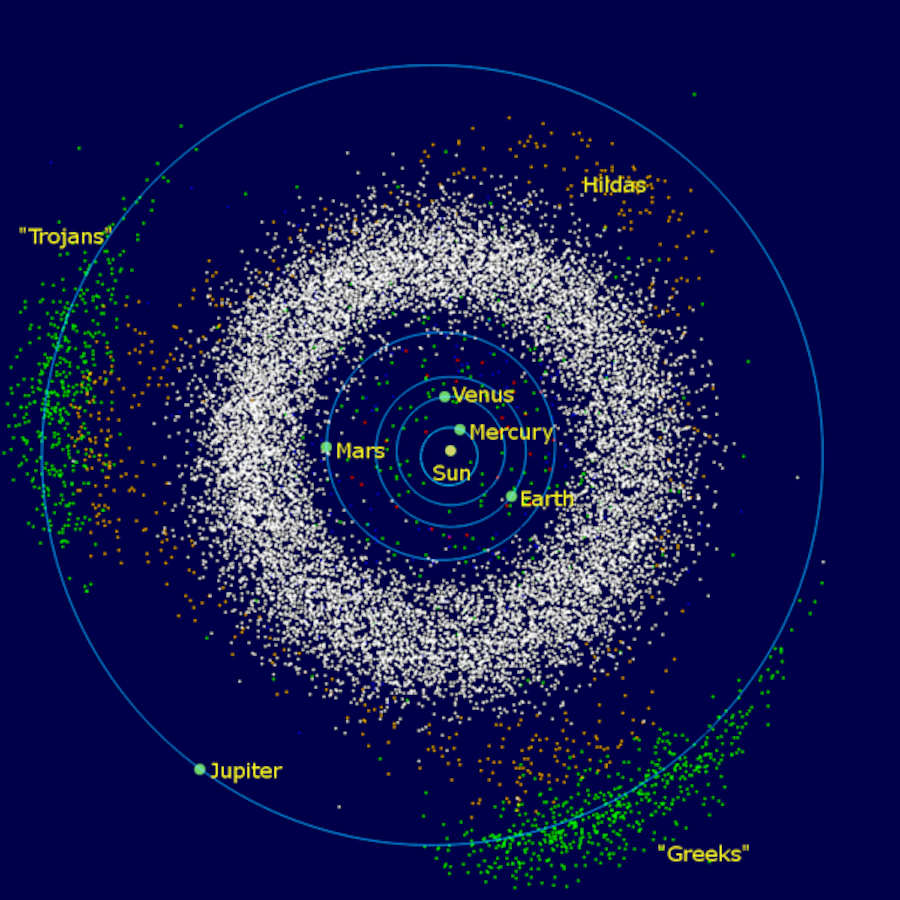The asteroid belt, located between Mars and Jupiter, is undergoing a slow yet significant depletion, researchers report. A team of astronomers led by Julio Fernández from the Universidad de la República in Uruguay has determined that the material loss from the belt occurs at a rate of approximately 0.0088% of the belt’s remaining mass. This finding highlights the dynamic nature of the asteroid belt, which was once thought to be a stable component of our Solar System.
When our Solar System formed around 4.6 billion years ago, the material in the asteroid belt was expected to coalesce into a planet. However, the gravitational pull of Jupiter disrupted this process, causing collisions to become destructive rather than constructive. Today, the asteroid belt contains only about 3% of the mass of the Moon, scattered across vast distances.
Asteroids and meteoroids within the belt are subjected to gravitational resonances with Jupiter, Saturn, and Mars, which destabilize their orbits. Some fragments are flung toward the inner Solar System, while others are directed outward. The fragments that do not escape are ground down into meteoritic dust through continuous collisions, contributing to the faint glow of zodiacal dust visible at dawn and dusk.
The study excluded larger asteroids like Ceres, Vesta, and Pallas, as these bodies have survived long enough to no longer participate in the current depletion processes. The researchers’ calculations revealed an intriguing pattern in the fate of the lost mass: about 20% escapes as meteoroids that can potentially cross Earth’s orbit, while 80% is reduced to dust.
Understanding this ongoing depletion is crucial, as it has direct implications for Earth’s geological history and future risk from near-Earth objects. The research suggests that if the current mass loss rate is extrapolated backward, the asteroid belt could have been about 50% more massive around 3.5 billion years ago, with a mass loss rate nearly double that of today. This correlates with geological evidence indicating a decline in bombardment rates on Earth and the Moon over the past few billion years.
The results from this study illustrate that the asteroid belt is not merely a remnant of the Solar System’s formation but a dynamic entity that has been gradually losing material for billions of years. Evidence of past bombardments, such as glass spherule layers found in Earth’s rock strata, indicates a more violent history when the asteroid belt was significantly more massive.
As the asteroid belt continues its slow decline, the bombardment of Earth has transformed from a tumultuous event to a steady trickle. Understanding this process is essential for piecing together the impact history that has shaped our planet’s surface. Moreover, it provides vital data for modelling future risks posed by near-Earth objects, as astronomers work to predict and mitigate potential impacts.
